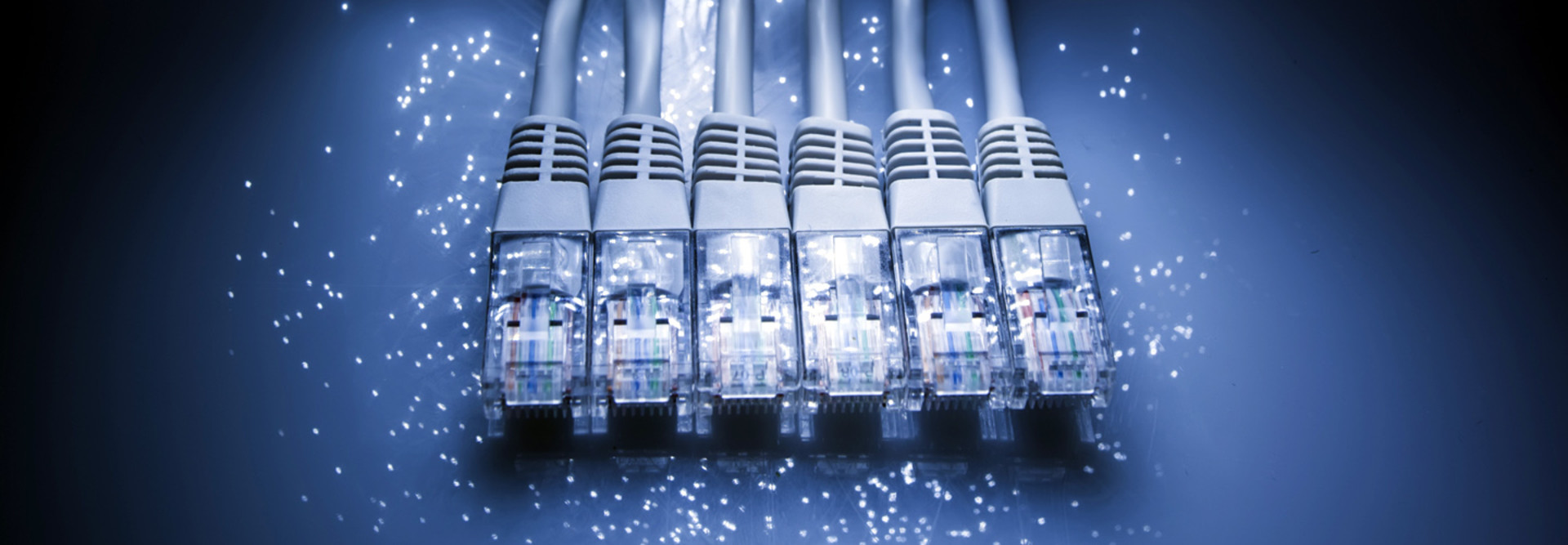25 Gigabit Ethernet Forges a Path Forward
Since 2014, large network players such as Brocade, Hewlett Packard Enterprise and Microsoft have been working to develop a standard for 25 Gigabit Ethernet. According to experts, 2016 will be the year the technology finally makes its way into large data centers.
The emerging standard for 25 Gig-E addresses the need for speeds greater than 10 gigabits per second between servers and top-of-rack switches in what its proponents deem is a cost-efficient manner.
Fast Forward
Kevin Tolly, founder of independent testing and validation firm The Tolly Group, expects data centers across vertical industries, including K–12, higher education and business, as well as state, local and federal government, to adopt 25 Gig-E.
Demand for 25 Gig-E will be directly tied to lower costs for 10 Gig-E, including switch ports and network interface cards. “As 10 Gigabit Ethernet prices drop, those connections will be used more frequently as direct server links,” Tolly says. “Having 10 Gig-E server connections means that, potentially, a single server could consume most of a 10 Gig-E uplink between switches.”
To avoid bottlenecks and oversubscription, network architects will want to consider 25 Gig-E as a way to upgrade existing single or multiple 10 Gig-E switch uplinks.
Microsoft, a member of the 25 Gigabit Ethernet Consortium, already has vowed that its Azure cloud platform will take advantage of the faster connectivity.
“The 25/50/100 Ethernet speeds give superior flexibility in matching future workloads with network equipment and cabling, with the option to scale as you go,” says a Microsoft spokesperson. “Azure is scaling up on a 25/50/100 path, moving toward the higher end of the spectrum.”
Cost Considerations
Bryan Coapstick, director of mobility and workplace for Hewlett Packard Enterprise’s public-sector group, calls 25 Gig-E a more natural path than 40 Gigabit Ethernet to the 100 Gigabit Ethernet networks that data centers will eventually demand.
“40 Gigabit Ethernet is not as cost effective or power efficient as 25 Gigabit Ethernet,” Coapstick says. “With 25 Gig-E, you’re getting 2.5 times 10 Gigabit Ethernet at only 1.5 times the cost.” He expects HPE to ship 25 Gig-E switches for general availability in May.
The IEEE’s 802.3 25 Gigabit Ethernet study group states “the availability of 25Gbps signaling technologies enables interconnect solutions for server to switch applications to be developed which are lower cost than existing 40Gbps solutions.”
While Coapstick believes upgrading to 25 Gig-E will be a foregone conclusion for most organizations bearing the burden of cloud and mobile computing growth, the ones that will adopt it sooner will be those that make heavy use of Voice over IP, collaboration and other latency-sensitive applications.
Planning for 25 Gig-E
Steve Wallo, chief solutions architect for Brocade Federal, says IT leaders should plan now for what he calls 25 Gigabit Ethernet’s massive adoption once the standard is fully ratified later this year.
“We are making sure the products we place [in the market] now are ready for 25 Gigabit Ethernet once it hits,” Wallo says. The good news is that 25 Gig-E is being developed to take advantage of existing cable plants. “You’ll be able to address congestion and oversubscription without having to change out infrastructure,” he notes.
Organizations with data centers that are more than 50 percent utilized and bursty in nature would be good candidates for 25 Gig-E, Wallo notes. But IT leaders should examine their servers, including CPU and memory, to ensure they can handle the faster connection.
Tolly recommends asking network equipment manufacturers what their 25 Gig-E roadmap looks like. “Consider switches that have modular uplinks so that there is at least a possibility that existing 10 Gigabit Ethernet ports can be swapped out and 25 Gigabit Ethernet ports swapped in when they become available,” he says.









